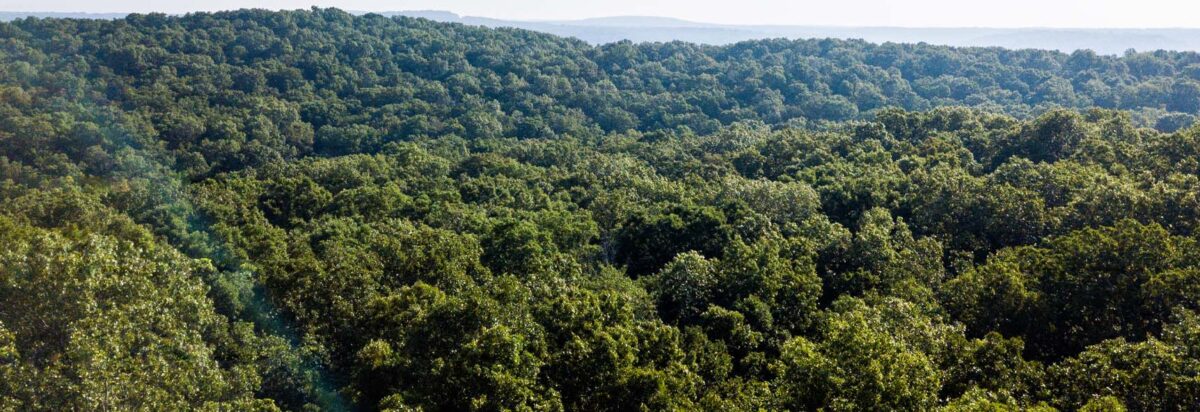The Effects of Climate Change on White Oak
BY DOMINIC STELZERThe changing climate presents foresters and land managers with a variety of new challenges. The good news? With proper forest management, white oak should be just fine.
Recently, I attended a Forest Adaptation Resources workshop on climate change held in Kentucky. The workshop was put on by the University of Kentucky’s Forestry Extension. Continuing education workshops are an excellent opportunity to gather current forestry and land management data. As ISC Sustainability Manager, it is my job to share the information I learn with our suppliers and landowners to help them better manage their forests.
The workshop focused on the challenges of managing forests, the Earth’s changing climate, and the best forest management practices in these conditions. During the workshop, we reviewed a Central Hardwood Vulnerability Assessment Report that outlined the susceptibility of our central hardwood forest ecosystem to be negatively impacted by climate change. The report indicates there will be an increase of 2 to 7°F over the next 30 years in the mean summertime temperature coupled with longer growing seasons. In addition, projections indicate an increase in the amount of precipitation seen in the winter and spring. These longer growing seasons combined with the majority of the yearly rainfall happening prior to the summer may also lead to localized, episodic droughts in late summer and fall.
Another helpful tool to further understand the impact of climate change is the Climate Change Tree Atlas developed by the US Forest Service Northern Research Station. The Climate Change Tree Atlas uses several different emissions models with varying levels of CO2 emissions to help predict the way tree species will react and potentially shift in range due to climate change. The tree atlas also assigns an adaptability rank to each species. This rank indicates the trees’ ability to respond to future conditions. While climate change is concerning, white oak is in a solid position moving forward. White oak, being both drought tolerant and resistant to fire, scores relatively high on adaptability with a score of 6.1 (Out of 8.5). This means that white oak possesses traits that will allow it to adapt to future conditions more easily.
If CO2 emissions continue at the rate the high emissions model predicts, there could be a slight shift north in the range of white oak. However, the main threat to the long-term sustainability of white oak seems to be competition from other species colonizing within the white oak range due to the changing climate. Kentucky in particular worries about beeches and poplars becoming more aggressive colonizers. These species already present a threat to white oak regeneration on good quality sites. In addition, the changing climate may add to the existing competition from red maple. Traditionally dryer sites, where red maple is the primary competitor, are transitioning – becoming wetter and more shaded. This is in part due to the exclusion of fire in areas that used to see semi-frequent burns. This process is known as mesophication and it does not favor oaks. Mesophication is a concern across the entire range of the central hardwood forest ecosystem.
The information I learned at the workshop reinforced my confidence in the work we’ve been doing at ISC – mainly our focus on certification. Land and process certification are preventative solutions to mitigate the effects of climate change on our white oak. Being aware of and proactive about white oak competition will also be important for the future. Fire will be a great tool, when properly applied, to keep undesirable species out of our white oak stands. Despite the challenges of adapting our management practices to combat climate change, if landowners continue to actively manage the forests for the growth and regeneration of white oak then we are on the right track for long-term sustainability.


